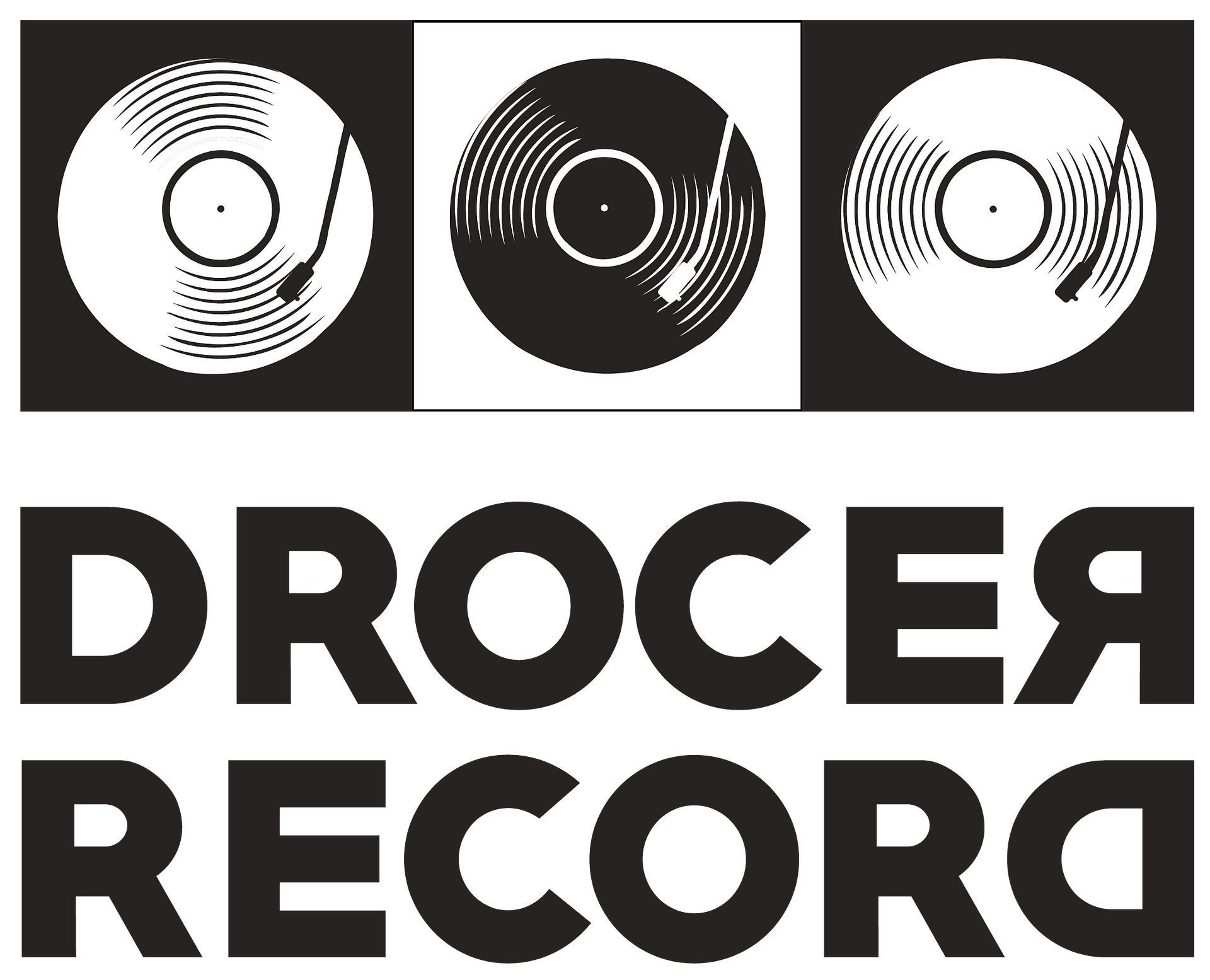By Reva Thakkar
Rap has been around for centuries now and undoubtedly it is one of the most popular and successful musical genres. It has given rise to multiple new subgenres like rapcore, rap metal, and mumble rap. Not only has it invaded nearly every genre (looking at you, reggaeton, jazz, and disco), but it has also bridged the gap between spoken word and instruments – both modes of expression use rhyme and rhythm to tell stories and deliver strong messages to their audience.
Rap can be considered the jack of all trades (or should we say genres), but at the same time, it is a one-of-a-kind form of music. Firstly, to understand the history of rap, you need to be clear on what exactly classifies as Rap Music.
What Exactly is it?
Rap is a method of delivery that typically features spoken words, rhyme, and rhythm. It is a part of the larger hip-hop culture, which also includes breakdancing, graffiti art, the spoken word (i.e the MC), and the beats (i.e the DJ).
Now, What are the Components that make up Rap?
- Content: what is being said
- Flow: how it rhymes and has a rhythm
- Delivery: the voice’s tone and rate of speech.
The Etymology of ‘RAP’
The word “rap” is rather old. In Britain, the phrase first appeared in the 15th and 16th centuries. Rap originally meant to strike or hit. A few centuries later, a little alteration of this definition came into the picture – meaning to speak or talk. However, it wasn’t until the 1960s that it started to catch on as a slang term for holding a conversation among the African-American community.
The Prenatal Period (Pregnancy) of Rap
In Africa thousands of years ago, “griots” were historians who played simple handmade instruments as they recounted their family and regional history.
During this period, Africans were abducted from their homes and brought to be slaves in America. Singing became one of the coping mechanisms they would use to deal with the excruciating suffering & heartache of enslavement. They frequently sang in the style of “call to answer” while they were working in the fields. The other slaves would respond with the following line of a song when one of the leaders called out a particular section. In today’s day and age artists call this emceeing or audience engagement. Even today, the griot remains an important means of communication throughout Africa.
The Birth of Rap

New York history was about to be written on August 11, 1973, in the Bronx. In the recreation area of their building, DJ Kool Herc (widely regarded as the first DJ and the father of hip hop) and his sister Cindy started throwing back-to-school gatherings. These gatherings catalyzed the birth of the new culture we now know as hip-hop.
During DJ Kool Herc’s concert one night, he experimented with a new idea he named “merry-go-round.” He played the identical breakbeat passage from “clap your hands” by James Brown on two turntables. He would move to the other turntable and play the identical section when the first turntable had finished playing it. This gave him the freedom to make that part of the song as long as he desired. Record producers use this method, now known as looping, in practically every beat.
As DJ Kool Herc performed at more events, he came to understand how crucial speaking on the mic was to keep a party alive. He asked his close friend Coke La Rock, to be the first committed MC of these gatherings so he could keep up with the demands of the crowd. And so, Coke La Rock became the first rapper in Hip-Hop thanks to this one bar, rap over the loop was born. This event set the precedence for what the rap industry is today.
The First Mainstream Hip-Hop Song Appears

From that point forward, the hip-hop phenomenon in the Bronx was unstoppable. People from all walks of life were able to thrive during the 1970s, including other Bronx luminaries like Afrika Bambaataa and Grandmaster Flash. Although DJs dominated the scene in the 1970s, the MCs also started to gain notoriety.
On the other hand, record labels did not take to this well and considered it more like a fad than a legitimate genre worth investing in. The Fatback Band’s “King Tim III (Personality Jock)” was the first rap song to be commercially released. This song was originally intended for the B-side of the tape, but it was eventually put on the A-side after seeing the favourable reception from clubs and the success it attained.
In 1979, the song was included as one of the top 30 songs on the international R&B charts. Rap music expanded further that same winter with the Sugarhill Gang’s publication of “Rapper’s Delight”. In 1980, this 14-minute song managed to land a slot on the official top 40 Billboard charts.
Rap Gains Maturity With Age
Raps and rhymes had been rather straightforward up until 1984. A new generation of rappers dubbed the “Golden Era”, was born thanks to the development of sound and skills perfected by earlier MCs. It is referred to as the period in New York during which each new song seemed to influence the style and course of rap as it is today, with each rapper’s work being more creative than the one before it. Eric B. & Rakim, Run-DMC, A Tribe Called Quest, and Public Enemy were significant figures. Raps moved faster, beat productions were more intense, and sampling technology advanced rapidly. This was also the period when Melle Mel and Duke Bootee started using lyrics as a more outspoken form of protest, highlighting the suffering caused by social injustice.
A New Competitor Joins the Game (West Coast Rappers)
Rap’s immense popularity made it inevitable that it would expand around the globe. Too Short, N.W.A., and Ice-T became recognized as some of the most well-known West Coast rappers in the late 1980s. These rappers were from economically struggling neighbourhoods in Los Angeles and Oakland, and their rhymes frequently reflected their own lives. Their music had more substance and rhymes that were controversial, including pimping, drinking, and other elements of urban life that were not generally featured on successful tracks.
In response to police brutality, one of N.W.A.’s most well-known hits, “Fuck Tha Police,” officially placed N.W.A. on the FBI’s radar and classified hip-hop, and gangsta rap in particular, as America’s actual public enemy number one. This was when the divide between the west coast and east coast started to emerge.
Clash of Coasts: East VS West
As a result of the evolution in art and content choices that emerged from the geographic gap in the two hotbeds for hip-hop, there is still an ongoing discussion of personal rap tastes from this era and beyond in terms of East Coast versus West Coast. In addition to artistic differences, there were also interpersonal conflicts that contributed to the nation’s division. Perhaps most famously, these conflicts involved Tupac Shakur and The Notorious B.I.G., which led to their untimely (and unresolved) deaths. Their murders, nevertheless, led to a lessening of tensions and cleared the way for their protégés and contemporaries, like Jay-Z and Snoop Dogg, to become successful on both coasts and helped rap transcend its perceived beginnings in violent inner-city communities.
You Can’t Run The World Without Girls
The 1990s saw rap’s most historic split as well as the influx of female MCs into the scene. While there was a lot of content demeaning women, a handful stepped up to change the direction of rap music for the better, opening the door for the female rap stars we know today.
The movement was started by Salt-N-Pepa, MC Lyte, Queen Latifah, and Yo Yo, while Da Brat and Lauryn Hill were among the first to get legitimate public recognition, with platinum records and Grammys, respectively.
Rap As We Know It Now

During the 2000s, rap developed into a full-fledged genre with enormous mainstream appeal. It reached the point where a rap song even won an Oscar. For his film “8 miles”, Eminem’s song “lose yourself” won the Oscar for best original song. Possibly one of the greatest rap tracks ever is this tune.
Rap has drawn criticism from some groups that label it misogynistic, aggressive, and abusive, but this hasn’t stopped the genre’s following in the least, and the number of rappers in the business is continually rising.
New artists like Drake, Kendrick Lamar, and Lil Nas X are all experiencing tremendous growth in popularity. It is evident from the fact that full rap albums are in the charts today compared to one single being in the Billboard top 40 charts back in 1980, which just shows how far rap has come in the last 50 years.

An Electronics Engineer & A MBA in Marketing Graduate, Kinjal Gosar is a passionate audiophile herself. Starting her career at India’s biggest Consumer Electronics Retail Chain, her technical knowledge is amazing. Classic Rock has been a huge part of her life and her love for Music has always been evident in all her work. A vinyl collector herself, she loves spreading the joy of analouge while giving nothing but the best to her fellow vinylheads.





